Ninja Are Not Just Iga and Kōga – Discover 10 Shinobi Clans from Different Eras and Regions
Many Methods, One Goal

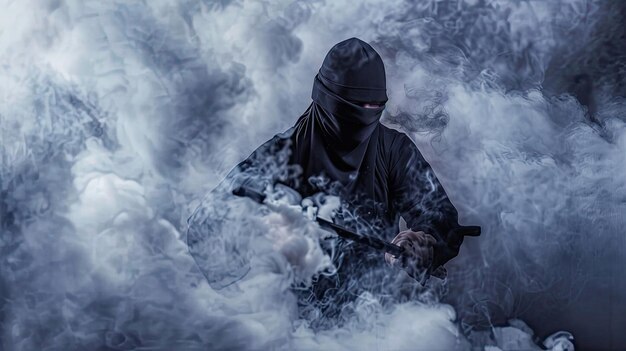
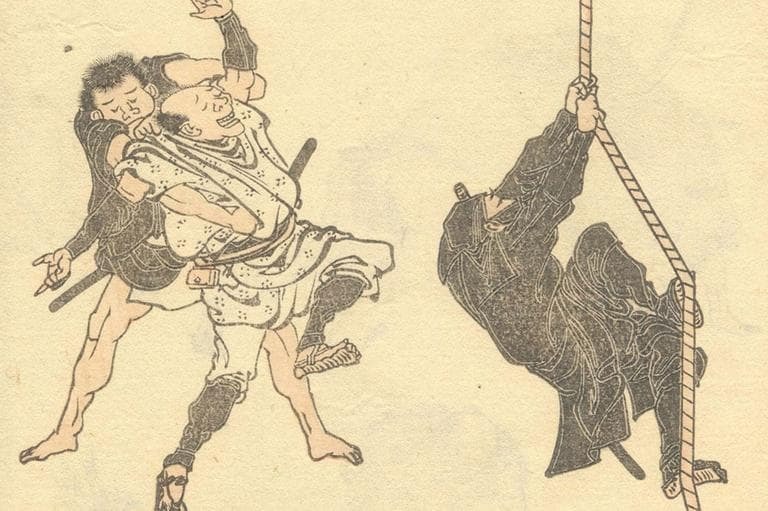
In this article, we will explore not only the most famous shinobi schools, such as Iga and Kōga, but also lesser-known groups, clans, and schools. We will delve into their methods and values. The world of shinobi is one where schematics have no place—there is only room for diversity. If, of course, the mission requires it.
Let’s begin by clarifying some basic facts about shinobi…
The Name "Ninja"
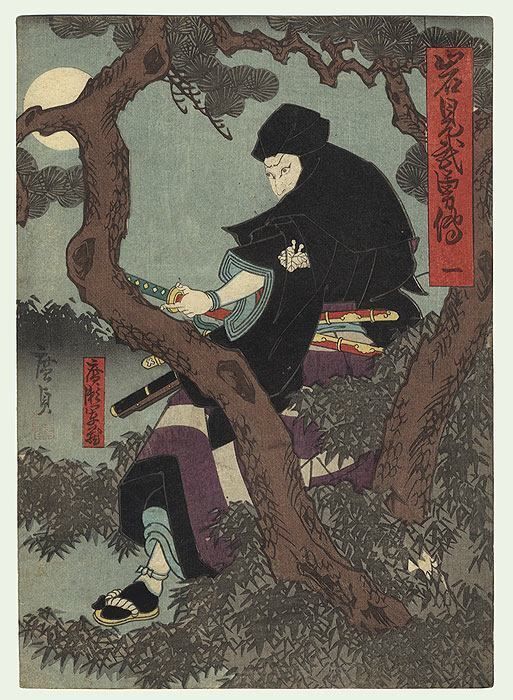
The word "shinobi" (忍び) derives from the verb shinobu (忍ぶ), which means "to infiltrate," "to hide," or "to endure difficulties in silence." This multi-layered meaning perfectly captures the nature of their tasks. Shinobi were masters of subtlety and perseverance, operating in the shadows and performing tasks that required both physical and psychological survival skills. Interestingly, the character "忍" (nin) consists of two elements: the blade of a sword (刃) and the heart (心), which can be interpreted as a metaphor for "self-control" or "composure" (acting with focus even when a blade is pressed against the heart).
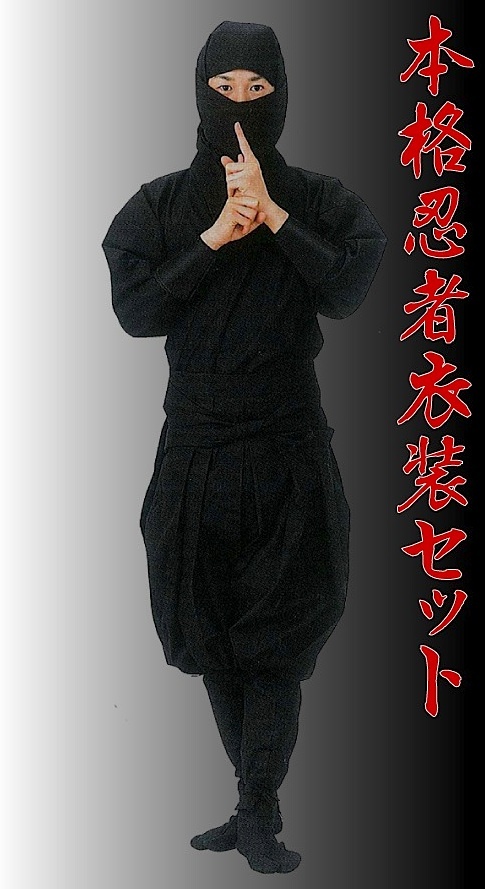
It wasn’t until the Edo period, when Japan experienced a time of relative peace under Tokugawa rule, that the term "ninja" began to slowly gain popularity in literature and art. It appeared in historical records and stories as a more "modern" term for shinobi but remained overshadowed by other names. It was 19th- and 20th-century literature, and later Western films, that solidified the image of "ninja" as silent assassins in black outfits, though historically their appearance and tactics were much more diverse.
Who Were the Shinobi?
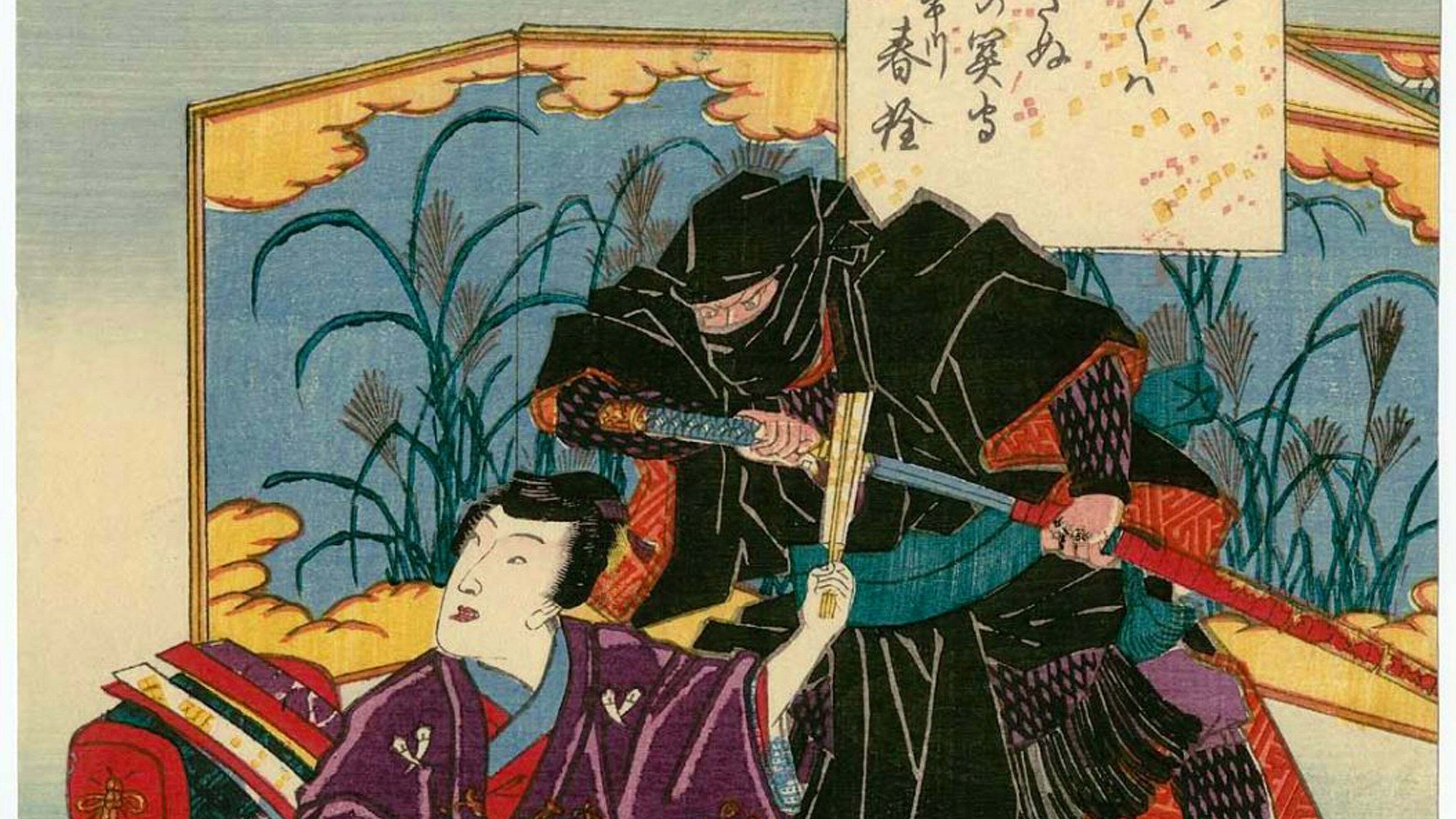
Shinobi were not a homogeneous group—instead, Japan was home to numerous schools and traditions, each differing in techniques, tactics, and philosophy. The most famous shinobi hubs were located in the Iga region (now Mie Prefecture) and the Kōga region (now Shiga Prefecture). These two regions provided the perfect environment for the development of shinobi skills—the mountainous terrain offered natural shelter, and the political independence of local clans allowed for experimentation with new tactics.
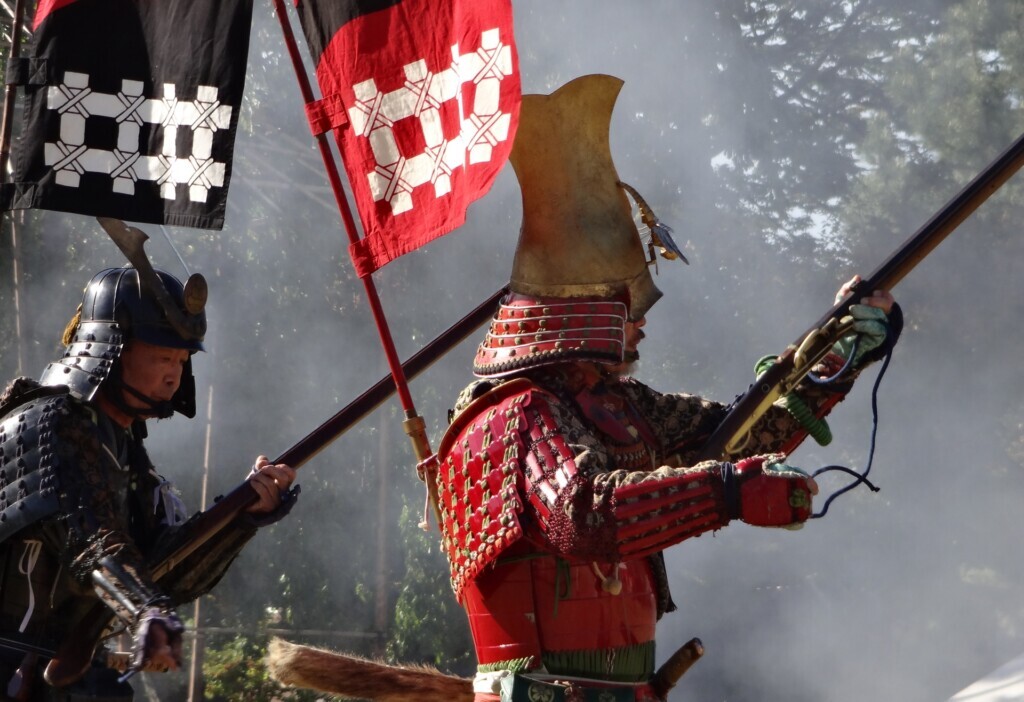
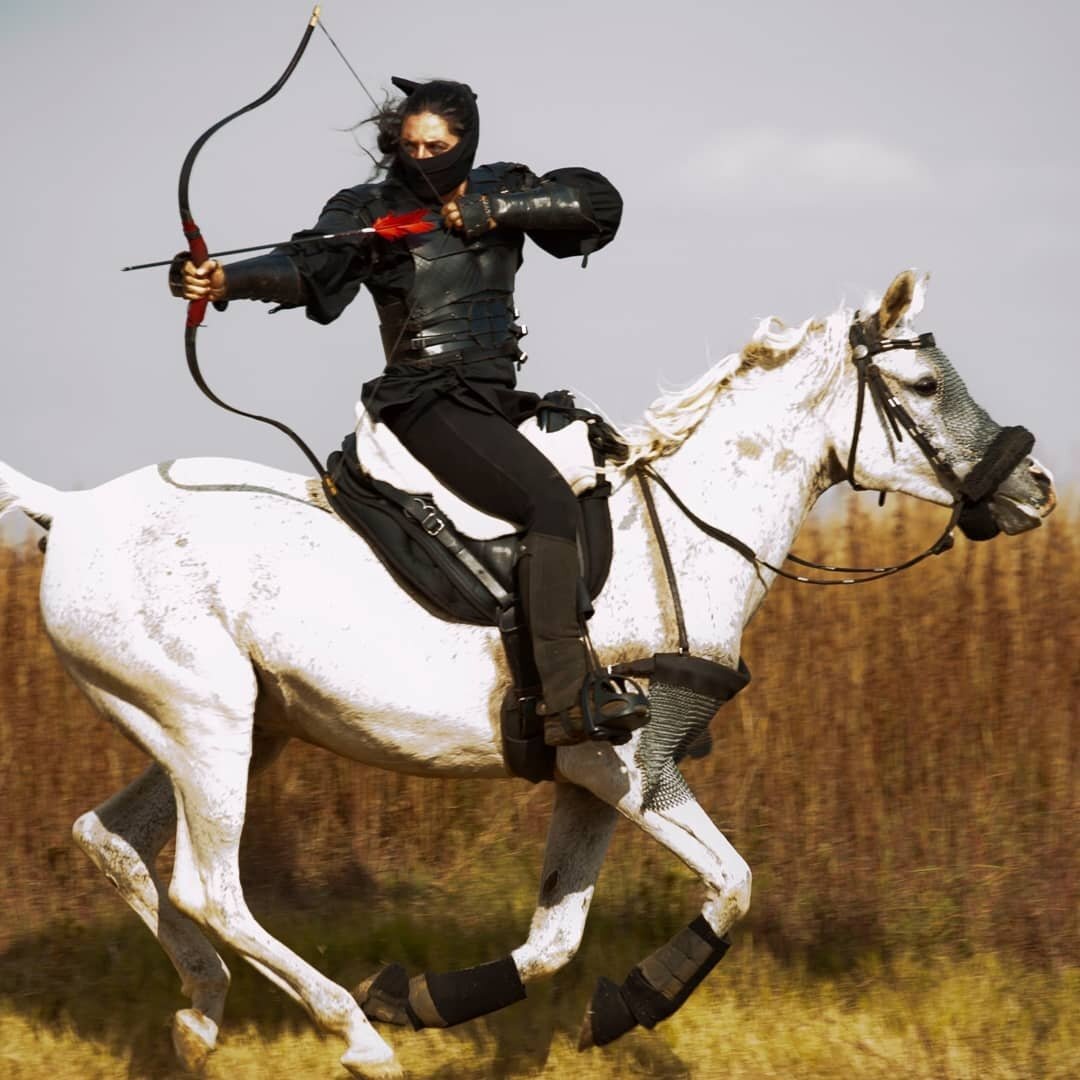
Depending on the historical era and region, shinobi bore different names reflecting both their roles and methods. In the Heian period (794–1185), terms like monomi (物見), meaning "observer," were used to describe their activities. It was a time when shinobi primarily served as scouts and spies for imperial courts, assisting local nobles in maintaining an advantage over their rivals.
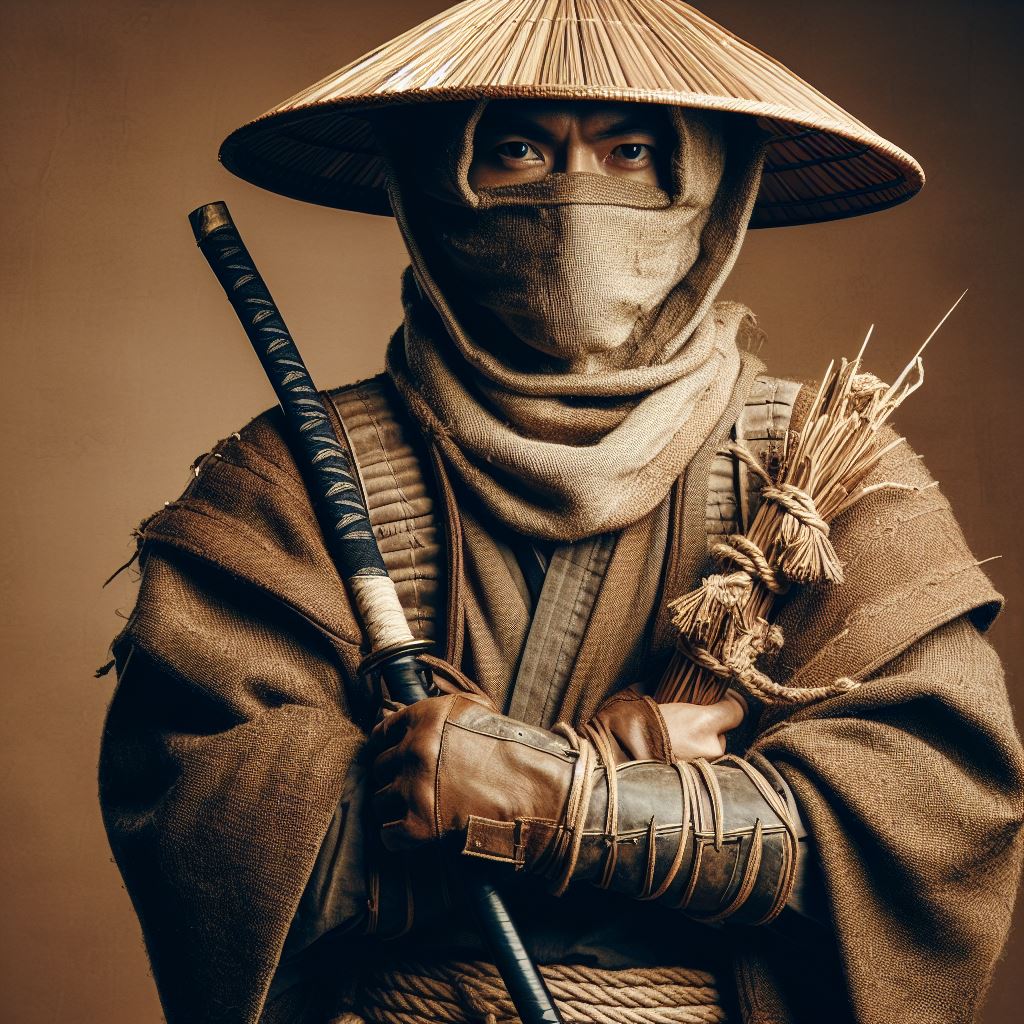
The Sengoku period (1467–1615) saw the greatest development of shinobi as warriors. During this time, terms like kusa (草), meaning "grass," became popular—a metaphor for their ability to "disappear" into the landscape, becoming almost invisible. Specific regional terms also emerged, such as Iga-mono or Kōga-no-mono, referring to shinobi from the two most famous regions.
Let’s take a closer look at the shinobi schools, their specializations, and how they operated.
Schools of Shinobi
Iga
伊賀
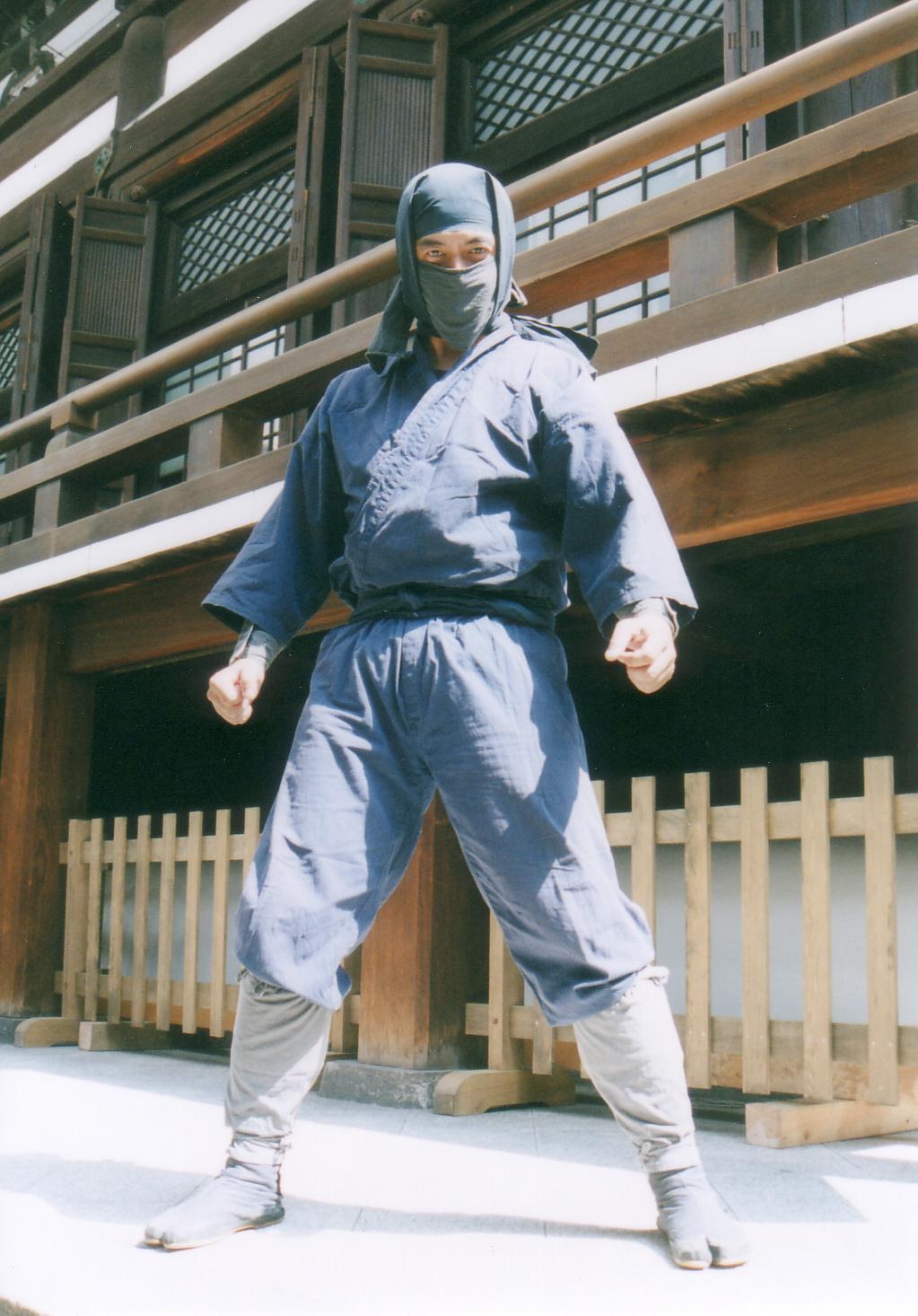
"Iga" comes from the name of a region in Japan, known for its mountainous terrain and strategic location, ideal for shinobi operations. The name "Iga" literally means "a place of prosperity."
Period of Activity
11th–16th century, with its peak during the Sengoku period (1467–1615).
Place of Origin
The former Iga Province, now part of Mie Prefecture.
Mode of Operation
"Guerrilla tactics"—covert operations against invaders of the Iga Province. Espionage, sabotage, infiltration, intelligence gathering, and psychological warfare.
Tactical Advantages
Natural terrain features (mountains, forests), extensive knowledge of the local landscape, and the region’s autonomy, which allowed the independent development of shinobi tactics.
Specializations
Camouflage in natural environments, creation and use of traps, and survival techniques in extreme conditions (mountainous, winter, forested).
Patrons
Primarily operated autonomously, defending their community. By the late Sengoku period, they collaborated with the Tokugawa clan, later serving as guardians of the shogunate’s security during the Edo period.
Most Famous Shinobi in the Clan’s History
Hattori Hanzō, Momochi Sandayū, Fujibayashi Nagato.
The Clan’s Most Famous Operation
Helping Tokugawa Ieyasu escape through the Iga region after the Honnō-ji Incident in 1582, which allowed him to evade death and later unify Japan (led by Hattori Hanzō).
Group Description
The Iga clan was the heart and soul of the shinobi art, with its members earning a reputation as masters of survival and shadow warfare over the centuries. Originating from a rugged, mountainous region, the Iga shinobi developed exceptional techniques that used the natural environment as an ally. They learned to camouflage in forests, disappear into the mist, and create traps so cunning that even the most experienced enemies could not detect them. The region’s autonomy, combined with the political turmoil of the Sengoku period, enabled the development of independent ninjutsu schools such as those of Hattori, Momochi, and Fujibayashi, which later became legendary.
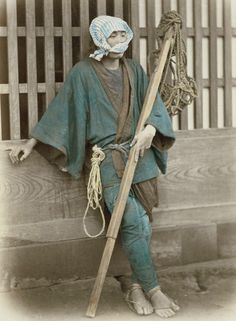
Kōga
甲賀
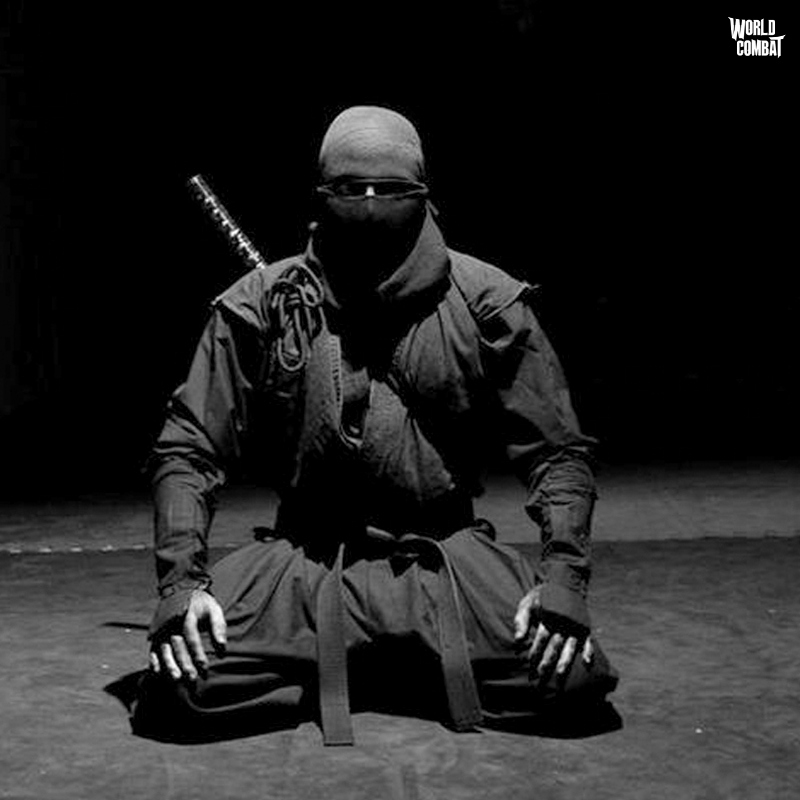
"Kōga" comes from the name of a region in Japan, renowned for its rich history of shinobi activity and its location near strategic trade routes. The name "Kōga" literally translates to "armor and congratulations," which can be interpreted as protection and prosperity.
Period of Activity
11th–16th century, with its peak during the Sengoku period (1467–1615).
Place of Origin
The former Ōmi Province, now part of Shiga Prefecture.
Mode of Operation
Espionage missions for daimyō, castle infiltration, assassination, sabotage, and spreading disinformation. Kōga shinobi were also known for their mastery of impersonating members of enemy communities.
Tactical Advantages
Kōga shinobi were renowned for their organization based on familial networks, which enhanced their ability to collaborate and coordinate operations.
Specializations
Infiltration and blending into crowds, diversion, disinformation, and assassination using poisons and cunning tactics.
Patrons
Various daimyō, including the Tokugawa and Oda clans. Kōga shinobi mainly operated as mercenaries. In the later Edo period, they also served as guards and informants for the Tokugawa shogunate.
Most Famous Shinobi in the Clan’s History
Karasawa Genba, Tarozaemon.
The Clan’s Most Famous Operation
The infiltration of Azuchi Castle in 1581 on behalf of Oda Nobunaga’s enemies, which allowed critical wartime intelligence to be gathered.
Group Description
The Kōga shinobi were known for their pragmatism and ability to adapt to changing political and environmental conditions. Their community, though less renowned than Iga, was equally influential and had its own distinct ninjutsu schools. Shinobi families in Kōga operated on a strict basis of cooperation, enabling precise mission planning and effective intelligence gathering. Unlike Iga shinobi, Kōga were more open to collaborating with multiple sides of a conflict, ensuring their survival even in turbulent times.
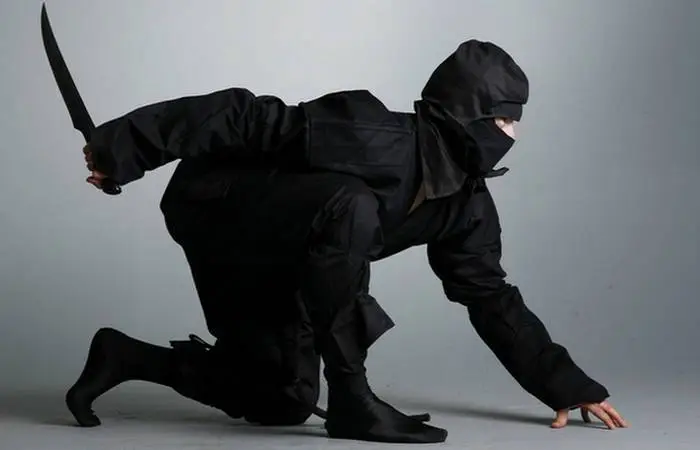
Fūma
風魔
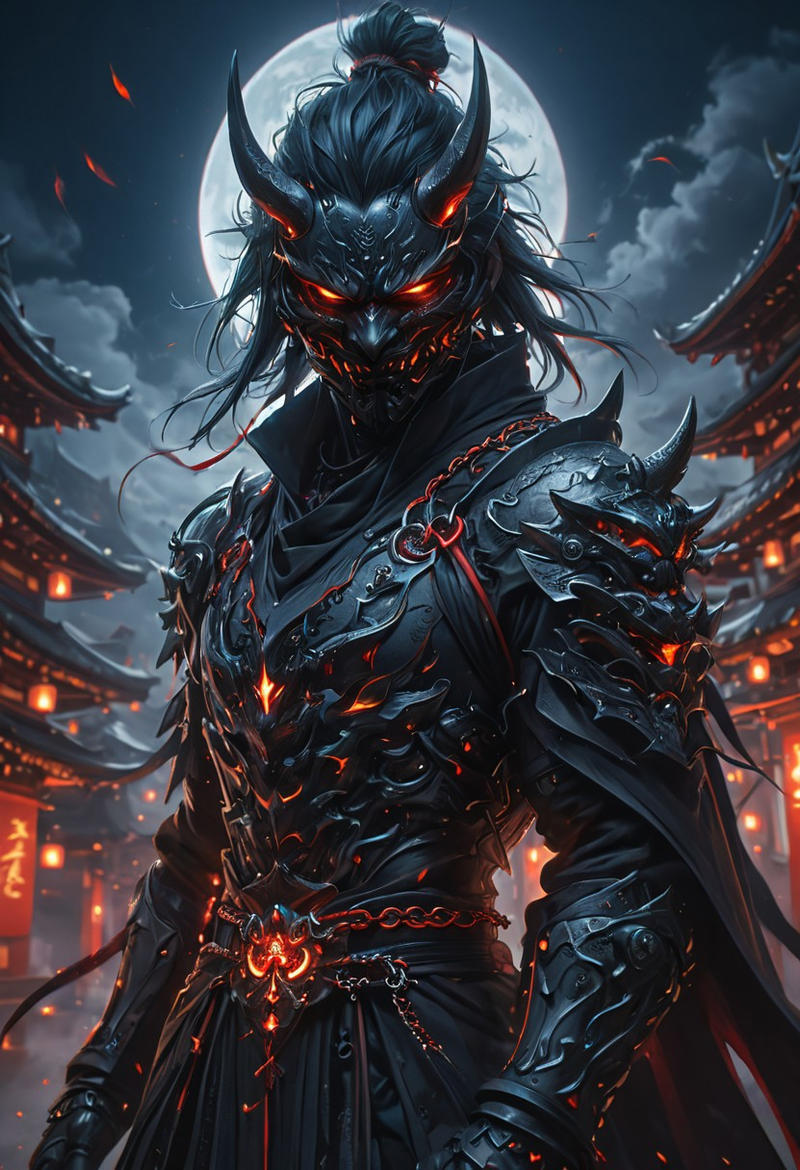
“Fūma” literally means “Wind Demons” (風 - “wind,” 魔 - “demon”). The name reflects their swift, unpredictable actions and their ability to vanish like the wind after completing sabotage or an attack. Shinobi using Fūma’s methods were also referred to as rappa (乱波 - "waves of turmoil").
Period of Activity
15th–16th century, particularly during the late Sengoku period (around 1550–1600).
Place of Origin
Sagami Province, now part of Kanagawa Prefecture.
Mode of Operation
Sabotage along coastal waters, attacks on maritime transport, and guerrilla operations. The Fūma specialized in swift raids, creating chaos, and spreading disinformation. They operated on a unit scale rather than as individuals, serving as a "hidden ace" in samurai battles.
Tactical Advantages
Exceptional skills in navigation and naval combat, adept use of open terrain and difficult coastal environments, and psychological fear tactics bolstered by their fearsome reputation.
Specializations
Sabotage, maritime operations, rapid small-unit strikes, use of poisons and explosives to destroy enemy fleets, and altering the course of battles through lightning-fast assaults and retreats.
Patrons
Primarily the Hōjō clan, rulers of the Sagami region during the Sengoku period. After the fall of the Hōjō, they briefly operated as independent brigands until Tokugawa Ieyasu dealt them a decisive blow.
Most Famous Shinobi in the Clan’s History
Fūma Kotarō (風魔小太郎) – the most renowned leader of the clan, whose name became synonymous with Fūma shinobi.
The Clan’s Most Famous Operation
An attack on Tokugawa Ieyasu’s fleet in Sagami Bay, during which Fūma shinobi, led by Fūma Kotarō, attacked and destroyed several ships using flaming rafts and sabotage. Another legendary but historically unverified tale involves a duel between Fūma Kotarō and Hattori Hanzō.
Group Description
The Fūma shinobi were unique among shinobi groups as their operations were primarily focused on coastal waters, maritime regions, and large-scale unit-based tactics rather than individual missions. Allied with the Hōjō clan, the Fūma became infamous for their ability to cripple fleets and sabotage enemy maritime routes. Their strategy, based on speed and precision, earned them legendary status. Moving across waters in small, agile boats, they could strike suddenly and disappear just as quickly, leaving their enemies in disarray.

Kishu
紀州
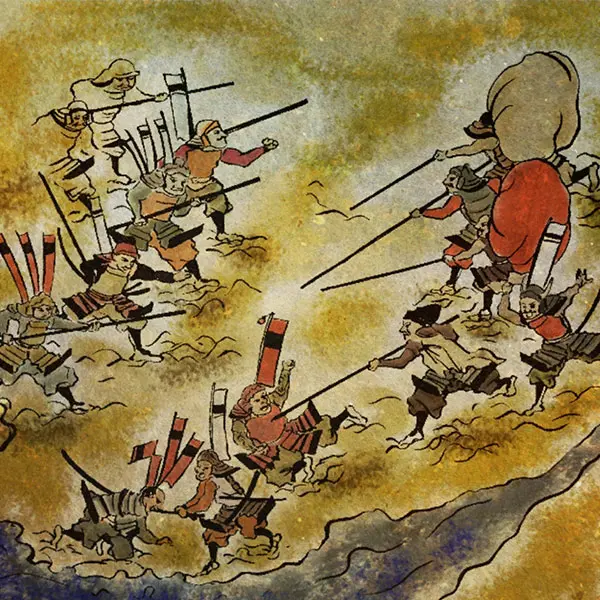
“Kishu” derives from the historical province of Kii (紀伊), known for its mountainous terrain, coastal regions, and strong samurai traditions.
Period of Activity
15th–16th century, particularly during the Sengoku period (1467–1615).
Place of Origin
Kii Province, now part of Wakayama Prefecture.
Mode of Operation
The Kishu shinobi specialized in activities in challenging mountainous and coastal terrains. They used their skills for regional defense, reconnaissance, and sabotage, often acting on behalf of local daimyō, particularly the Saiga and Negoro clans.
Tactical Advantages
Extensive knowledge of mountainous terrain and coastal areas. Expertise in surviving extreme conditions and executing quick, precise operations in difficult environments.
Specializations
Espionage, ambushes in mountainous regions, sabotage of trade and communication routes, and operations along the coastlines.
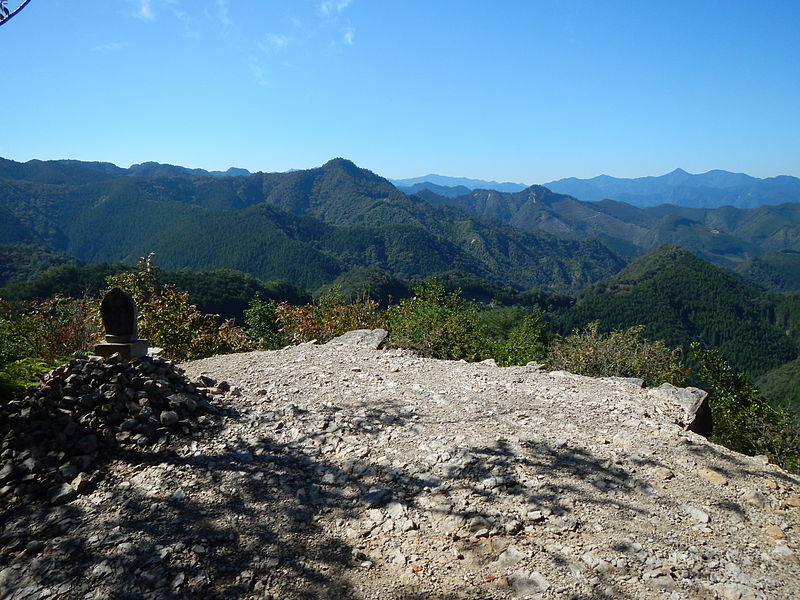
Local daimyō from the Kii region, later allied with the Tokugawa clan in the late Sengoku period.
Most Famous Shinobi in the Clan’s History
There are no detailed records of individual shinobi from Kishu.
The Clan’s Most Famous Operation
The defense of Kii Province.
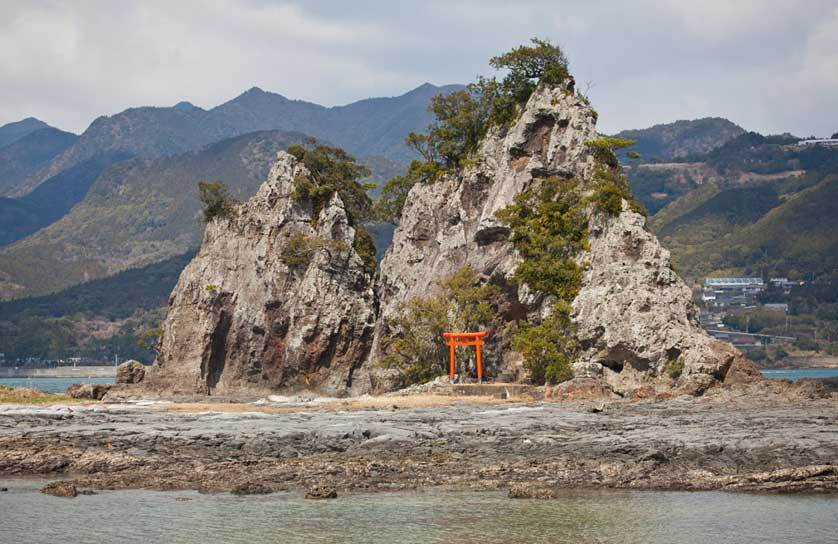
The Kishu shinobi, though less well-known than their counterparts in Iga or Kōga, primarily operated within the borders of their region, Kii. This province, with its rugged mountains and strategically positioned coasts, provided the perfect environment for developing shinobi tactics. The groups in this area worked on behalf of local daimyō, conducting reconnaissance missions, ambushes, and sabotage to defend the region against external threats.
While there are no detailed records of individual Kishu shinobi, their contributions to local conflicts and struggles during the Sengoku period were significant. Their mastery of the terrain and survival techniques made them a vital part of regional military operations, ensuring the safety of the Kii domain and supporting its political allies.
Kunoichi
くノ一
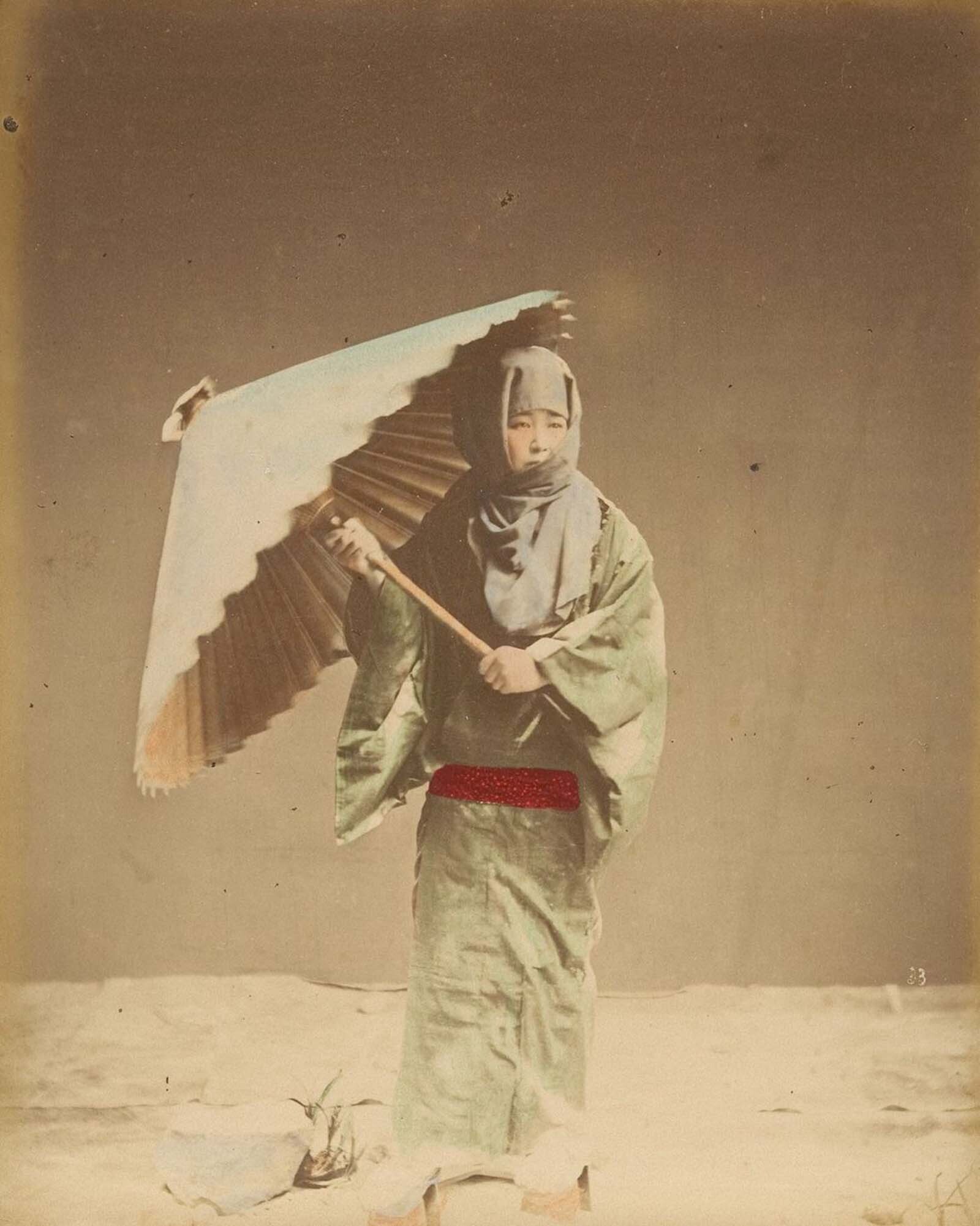
The word "kunoichi" originates from a unique way of writing (a kind of rebus) the kanji for "woman" (女, onna) by splitting it into three characters: the hiragana "く" (ku), the katakana "ノ" (no), and the kanji "一" (ichi). Thus, kunoichi forms a puzzle with the answer "woman," and the term was used to describe female shinobi who specialized in intelligence, espionage, and diversionary tactics.
Period of Activity
15th–16th century, especially during the Sengoku period (1467–1615).
Place of Origin
There were no specific regions exclusively associated with kunoichi. Female shinobi were primarily trained in Iga and Kōga but operated on a broader scale, especially in provinces hostile to Takeda Shingen.
Mode of Operation
Kunoichi specialized in tasks requiring subtlety and manipulation. They used their skills to gather intelligence through infiltration, often posing as servants, artists, priestesses, or courtesans. Their roles also included sabotage, relaying information, the use of poisons, and, if necessary, assassination.
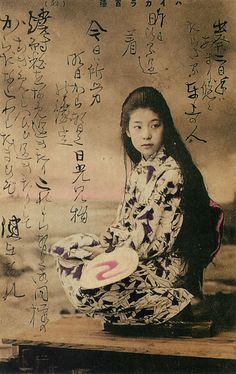
The ability to blend into society, access places unavailable to men (e.g., private chambers), and leverage the psychological and social dynamics of the era. Kunoichi operated in ways that did not arouse suspicion, making them ideal agents for infiltration and intelligence missions.
Specializations
Manipulation, intelligence gathering, use of poisons, assassination, sabotage, and disinformation.
Patrons
Kunoichi worked on behalf of the Takeda clan, with their missions organized by their founder and leader, Mochizuki Chiyome (more about her, including her life story and psychological profile, can be found in the book Silne kobiety Japonii by Michał Sobieraj).
Most Famous Kunoichi in History
Mochizuki Chiyome – a legendary kunoichi who, according to accounts, created a network of female shinobi in the Kōga region under Takeda Shingen's command.
The Clan’s Most Famous Operation
The complete infiltration of the Uesugi castle and its near-total neutralization from within, facilitating the entry of Takeda’s forces.
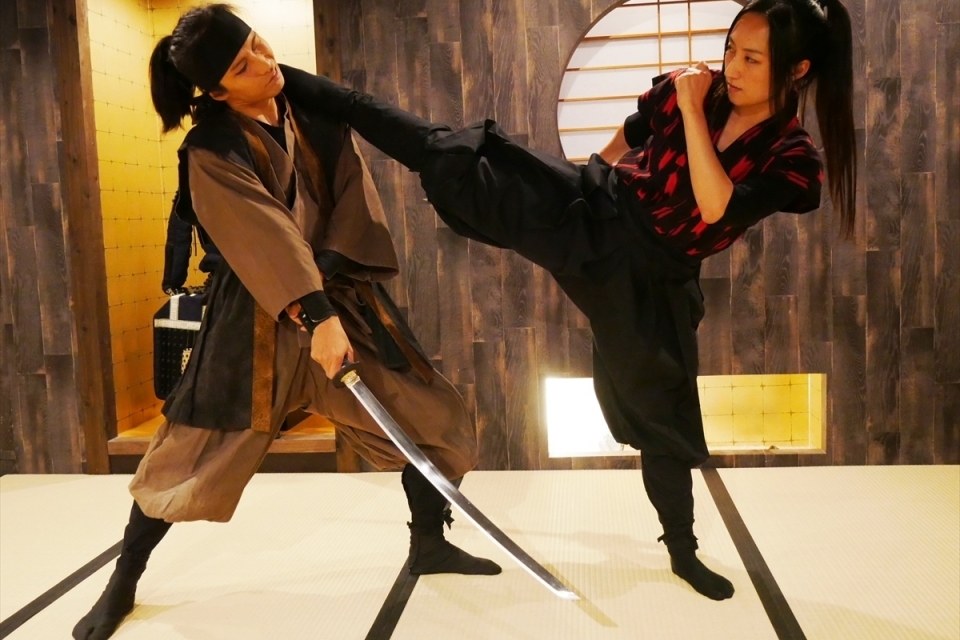
Kunoichi were masters of subtlety and manipulation, far beyond the stereotypical image of warrior women. Their tasks were extraordinarily diverse – from espionage and sabotage to assassinations and spreading disinformation. With their ability to integrate seamlessly into various social groups, they could operate unnoticed, obtaining crucial intelligence in hostile or neutral environments.
Although the stories of kunoichi are partially shrouded in legend, their existence and activities are corroborated by sources tied to Kōga. The most famous figure is undoubtedly Mochizuki Chiyome, who used kunoichi to establish one of the most effective intelligence networks of the Sengoku period. Through their exceptional roles in shinobi operations, kunoichi became symbols of ingenuity and effectiveness in the realm of espionage and shadow warfare.
Gyōja
行者
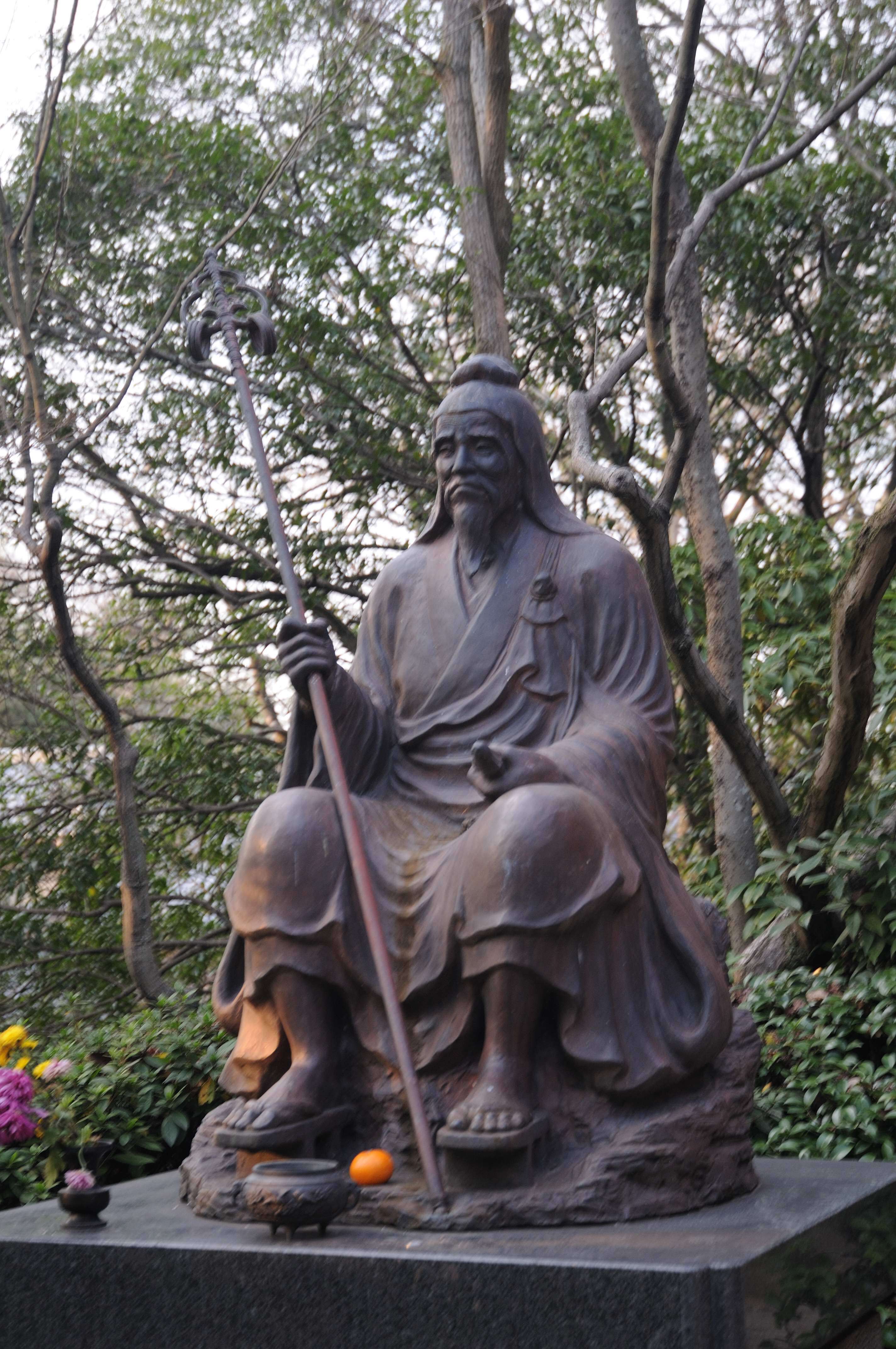
"Gyōja" literally means "practitioner" or "ascetic" and refers to individuals engaged in the spiritual practices of shugendō. Gyōja were associated with yamabushi – mountain ascetics who combined elements of Buddhism, Shintō, and Taoism, developing exceptional survival skills and the ability to traverse difficult terrains.
Period of Activity
Primarily from the Heian period (794–1185) to the Sengoku period (1467–1615).
Place of Origin
Mountainous areas of Japan, particularly the regions of Nara, Kii (now Wakayama Prefecture), and Gifu Prefecture.
Mode of Operation
Gyōja specialized in reconnaissance, navigating inaccessible terrains, and sabotage on behalf of local daimyō. Their survival skills and knowledge of the terrain made them valuable allies in military operations, especially in mountainous regions. They were also often employed as guides for armies traveling through difficult mountain passes.
Tactical Advantages
Exceptional knowledge of mountain trails, survival skills in extreme conditions, and the ability to remain concealed. Gyōja also utilized their knowledge of herbs, poisons, and medicine.
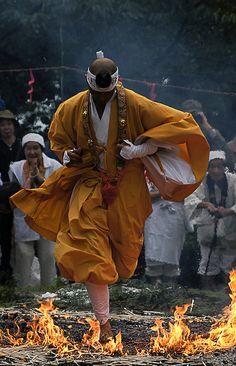
Observation, sabotage, diversion in challenging mountainous terrain, use of natural poisons and herbs, and field medicine.
Patrons
Primarily local daimyō who needed guides or scouts in mountainous areas. They were also employed in defensive operations by mountain communities.
Most Famous Shinobi in the Clan’s History
As a group, Gyōja had no prominent individual figures but were often associated with En no Gyōja, a legendary ascetic and founder of shugendō, symbolizing their spiritual aspect.
The Clan’s Most Famous Operation
Participation in the defense of mountain passes and reconnaissance missions during the Sengoku period, as recounted in local legends.
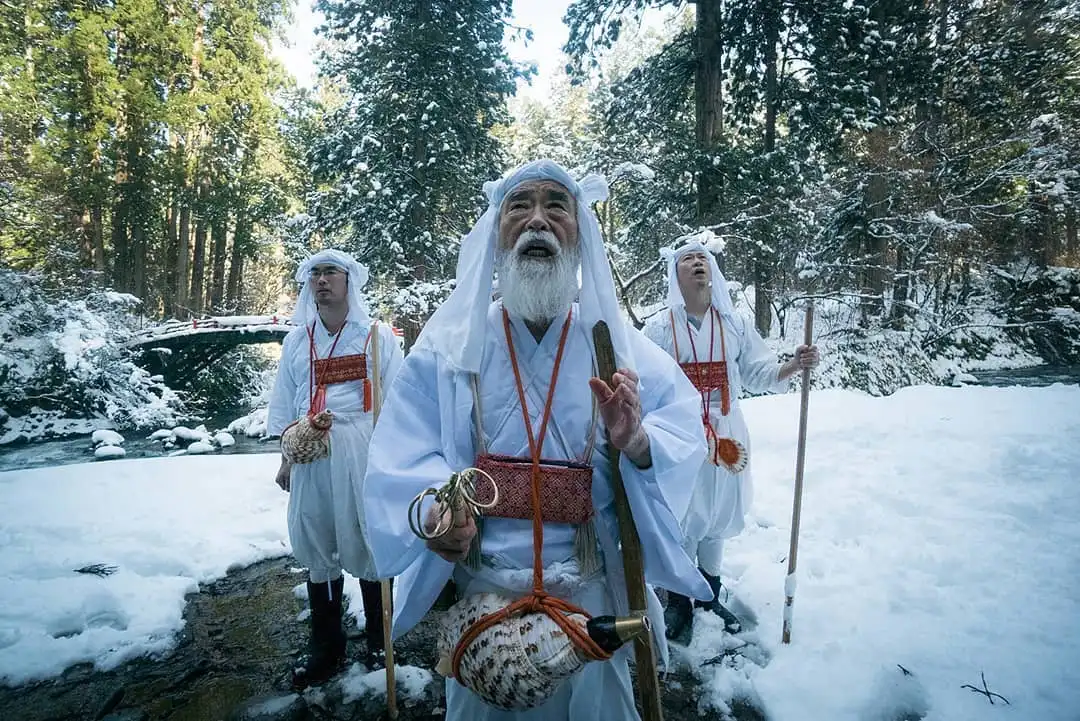
Although Gyōja were not typical shinobi in the sense of Iga or Kōga, they played a significant role as allies of daimyō and mountain communities. Their blend of spirituality and practical skills made them not only guides and scouts but also saboteurs and advisors. With their deep knowledge of nature and the ability to utilize the natural environment, Gyōja excelled in operations in difficult terrain.
Their reputation was built on their survival skills and spiritual resolve. Gyōja, within the tradition of shugendō, left a lasting mark on Japanese history as masters of the mountains and hidden observation.
Negoro
根来
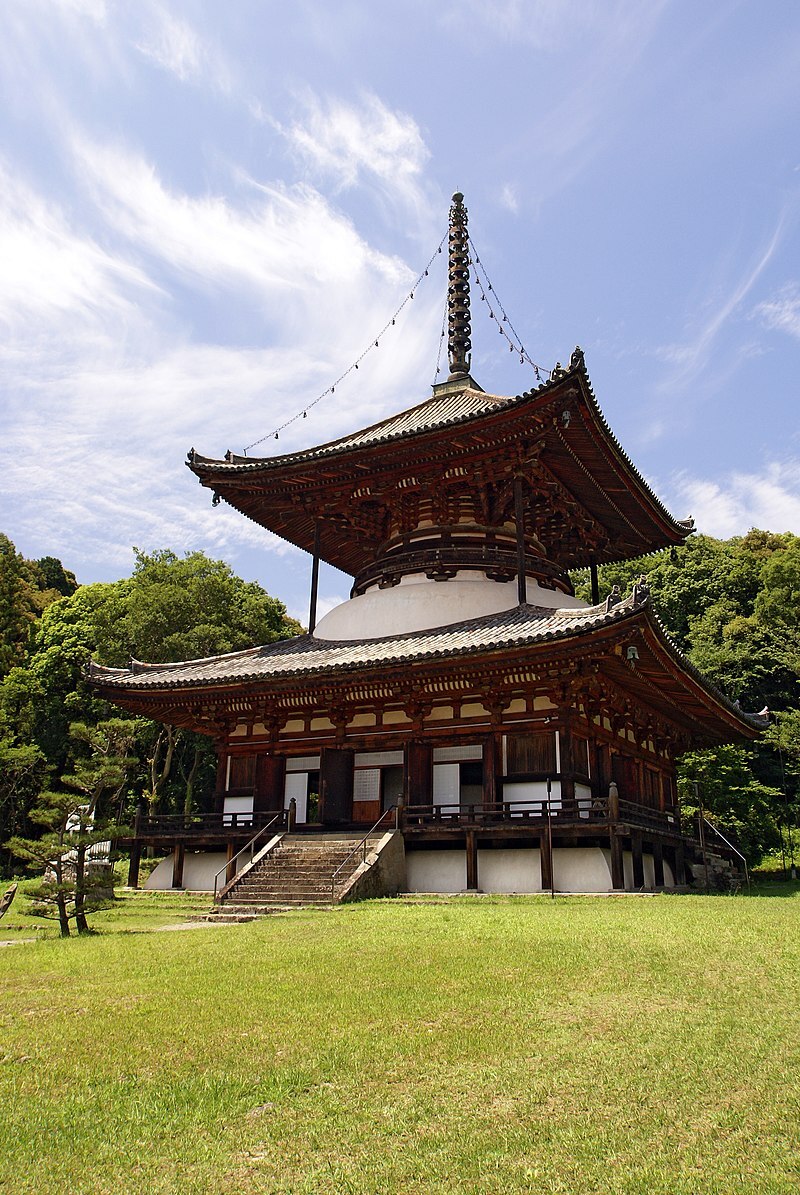
The name "Negoro" refers to the Negoro-ji Temple (根来寺), which was the center of operations for a group of warrior monks known as the Negoro-shū. The name translates to "root and arrival." The monks of Negoro served various roles—some were warriors who fought in open battles, while others specialized in sabotage and diversion, effectively acting as the temple’s shinobi.
Period of Activity
15th–16th century (Sengoku period).
Place of Origin
Kii Province, now part of Wakayama Prefecture.
Mode of Operation
The Negoro-shū were warrior monks who defended their temple and its political-religious interests. They employed guerrilla tactics, sabotage, and open armed combat. They were also noted for their use of firearms.
Tactical Advantages
The Negoro were masters in the use of firearms (arquebuses) and in organizing well-coordinated armed units. They utilized their mountainous and forested surroundings for defensive and guerrilla operations.
Specializations
Combat using firearms, guerrilla tactics, defense in difficult terrain, sabotage, and diversion.
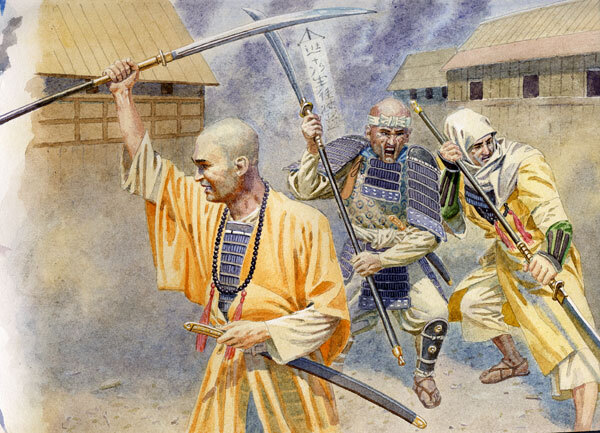
Primarily, they operated to defend their own interests, preserving the autonomy of Negoro-ji Temple. During conflicts, they collaborated with various daimyō, including the Toyotomi clan, when their interests aligned with those of the temple.
Most Famous Warriors in Negoro’s History
Saitō Toshimitsu – a master strategist and leader of the Negoro-shū during their greatest conflict with Oda Nobunaga.
The Clan’s Most Famous Operation
The defense of Negoro-ji Temple against Oda Nobunaga’s forces in 1585. Despite heroic resistance and advanced use of firearms, the temple was eventually captured and burned down by Toyotomi Hideyoshi’s troops, allies of Nobunaga.
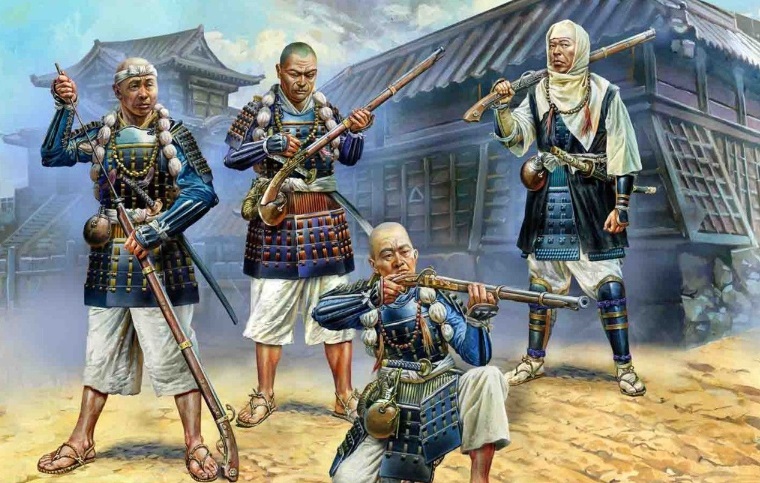
The Negoro-shū stood out among Japan’s warrior groups for their skill in organizing effective armed units and their pioneering use of firearms, which was rare (though increasingly popular) during the Sengoku period. The warrior monks of Negoro-ji formed one of the most militarily advanced groups in Japan, combining traditional monastic discipline with modern military technologies.
Though their activities were primarily defensive, the Negoro-shū also participated in military campaigns on behalf of allies like Toyotomi Hideyoshi. Their most famous attribute was their proficiency with firearms, which made them formidable opponents. The fall of Negoro-ji Temple in 1585 marked the end of their power, but their legacy of skill and valor remains a symbol of the fusion of spirituality and martial prowess.
Oniwaban
御庭番
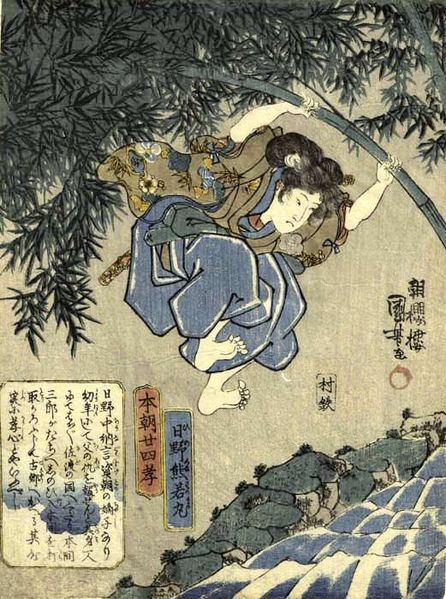
"Oniwaban" literally means "garden guards" (御 – honorary prefix, 庭 – garden, 番 – guard). The name refers to a secret group of agents under the Tokugawa shogunate who served as spies, informants, and guards—a kind of internal security force for the shogunate.
Period of Activity
18th–19th century, during the Tokugawa shogunate in Edo.
Place of Origin
Not tied to a specific region—agents were recruited from various parts of Japan and operated nationwide under the Tokugawa shogunate.
Mode of Operation
The Oniwaban specialized in gathering intelligence for the shogun, monitoring the activities of daimyō, and suppressing potential uprisings. They often operated undercover, infiltrating samurai courts, wealthy merchant circles, and other strategic groups of influence.
Tactical Advantages
They were well-trained in intelligence gathering, disinformation, and monitoring political developments. Their formal affiliation with the shogunate granted them access to places and information unavailable to ordinary shinobi.
Specializations
Information gathering, political infiltration, shogun protection, disinformation, and monitoring the loyalty of Tokugawa vassals.
Patrons
The Tokugawa shogunate—they operated directly under the shogun’s orders.
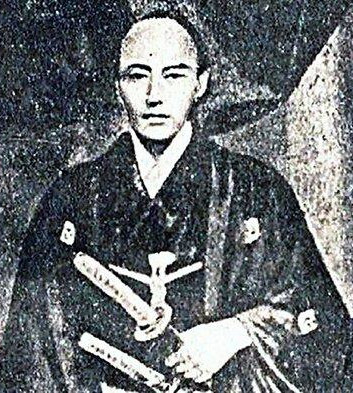
No specific names have been preserved, as their activities were secret and informal.
The Clan’s Most Famous Operation
No specific operations have been documented, but the Oniwaban are known for monitoring the loyalty of daimyō and preventing potential conspiracies and rebellions against the shogunate during the Edo period.
Group Description
The Oniwaban were an elite, secret service of the Tokugawa shogunate, created to address the need for greater control over the feudal state. Their duties included espionage and maintaining the internal security of the shogunate. Operating in the shadows, the Oniwaban were responsible for ensuring political and social stability during the Edo period.
Their activities focused on gathering intelligence and monitoring potential threats to Tokugawa’s authority. Although they are often romanticized as "ninja" in popular culture, their actual functions were closer to those of modern state intelligence agents. The Oniwaban played a crucial role in the Tokugawa central control system, but their history remains largely mysterious, with many details of their actions lost after the fall of the shogunate in 1868.
Yagyū
柳生
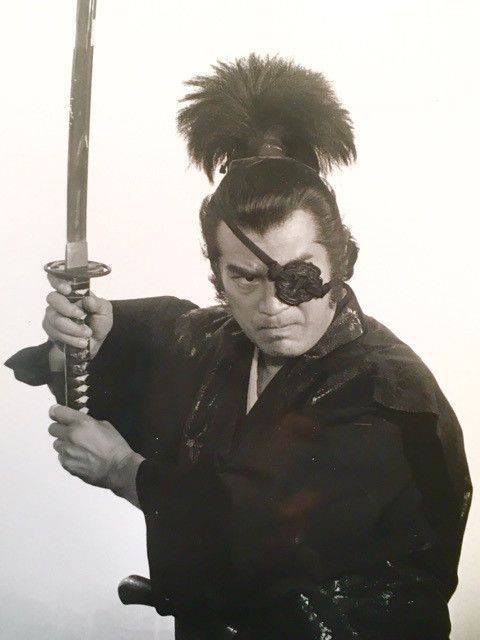
"Yagyū" is a family name derived from the village of Yagyū in Yamato Province (modern-day Nara Prefecture), where the clan originated. The name translates to "willows" (柳生), symbolizing flexibility and strength, qualities characteristic of their martial art.
Period of Activity
15th–19th century, particularly active during the Edo period (1603–1868).
Place of Origin
The village of Yagyū in Yamato Province (modern-day Nara Prefecture).
Mode of Operation
The Yagyū clan was renowned for teaching swordsmanship (kenjutsu) through their Yagyū Shinkage-ryū school, which became the official sword school of the Tokugawa shogunate. Additionally, the clan engaged in diplomatic and political activities on behalf of the Tokugawa government, including a wide range of covert intelligence missions, thus securing their place among shinobi schools.
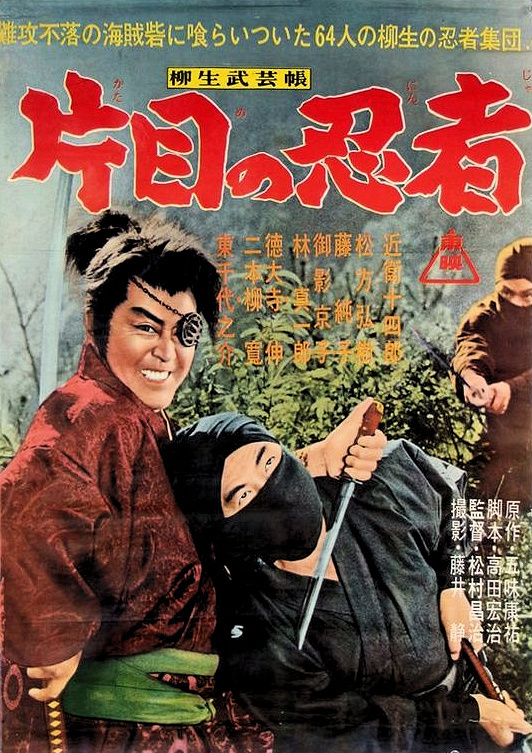
Proficiency in kenjutsu, strategic knowledge, and close ties with Tokugawa Ieyasu. Their expertise in combat tactics and ability to adapt to shifting political circumstances gave them an edge in defending the shogunate’s interests.
Specializations
Swordsmanship (kenjutsu), shogunate protection, military and diplomatic advising, intelligence, and infiltration of samurai courts and other social groups.
Patrons
The Tokugawa shogunate—the Yagyū served as martial arts instructors and political advisors to successive shoguns.
Most Famous Members of the Yagyū Clan
Yagyū Muneyoshi (柳生宗厳) – founder of the Yagyū Shinkage-ryū school. Yagyū Munenori (柳生宗矩) – son of Muneyoshi, master of kenjutsu, and instructor to Tokugawa Ieyasu and his successors.
The Clan’s Most Famous Operation
All missions conducted on the shogunate’s orders were classified, and no information about them was ever published.
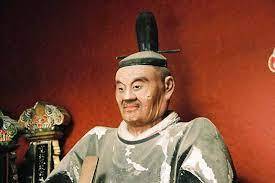
The Yagyū clan, primarily known for their mastery of swordsmanship, played a pivotal role in the history of the Tokugawa shogunate. Their school, Yagyū Shinkage-ryū, became the government’s official kenjutsu school, and their members served as close advisors to successive shoguns. Although not a formal shinobi school, their involvement in diplomatic and political missions often included infiltration, sabotage, and intelligence gathering.
The Yagyū clan exemplified the harmony between samurai tradition and political loyalty. Their expertise in kenjutsu and strategic thinking made them not only masters of combat but also invaluable contributors to the establishment and maintenance of Tokugawa power and order in Japan.
Monomi
物見
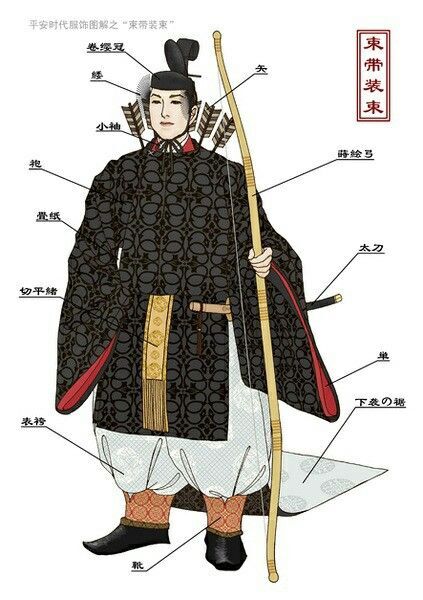
"Monomi" literally means "observer" or "scout" and referred to individuals tasked with gathering intelligence, monitoring terrain, and observing enemy movements.
Period of Activity
Heian period (794–1185) and Kamakura period (1185–1333).
Place of Origin
They were not tied to a specific region—monomi operated on behalf of aristocratic families connected to the imperial court.
Mode of Operation
The monomi specialized in reconnaissance and observation. Their tasks included gathering information about enemy forces, terrain geography, and potential threats. They operated discreetly, relying on their familiarity with local conditions.
Tactical Advantages
Exceptional knowledge of terrain, the ability to remain hidden, and adaptability to various environments. They were often recruited from local inhabitants who were familiar with the area.
Specializations
Reconnaissance, observation, reporting enemy movements, and terrain analysis.
Patrons
Local aristocrats and the imperial court during the Heian and Kamakura periods.
Most Famous Monomi in History
Their actions were highly anonymous, and they often came from lower social classes (unlike the more prominent shinobi of the Sengoku period).
The Most Famous Operation in Monomi History
An imperial intelligence mission that gathered information on the actions of Masako no Taira, a self-proclaimed emperor, which ultimately led to his downfall.
Group Description
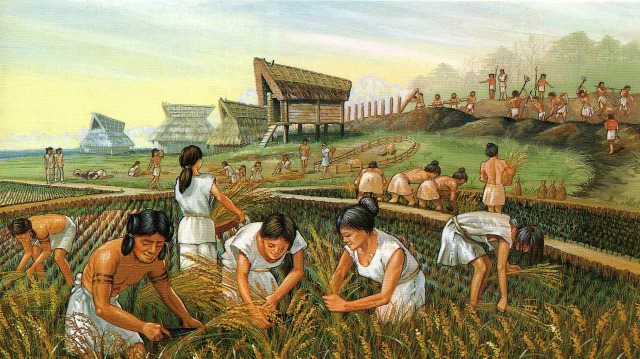
During the Sengoku period (1467–1615), the roles of monomi gradually evolved into the more specialized activities of shinobi, such as sabotage and disinformation. However, the monomi remain an essential part of early Japanese intelligence history, illustrating the evolution of the art of shadow warfare.
 Conclusion
Conclusion
Shinobi were never a distinct social caste like samurai or artisans. Rather, they were specialists in unique tasks—a profession that filled gaps in traditional methods of warfare and protection. Their roles, names, and specificities changed depending on the historical era and local circumstances. During periods like the Sengoku era, shinobi became key players on battlefields and in political intrigues, while in times of peace, such as the Edo period, their tasks became more subtle, focusing on internal security.
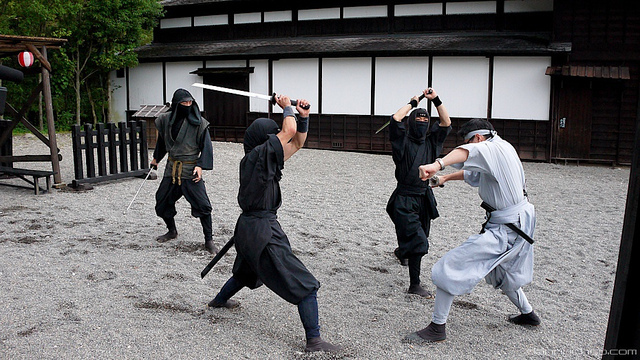
Today, the image of the shinobi as a mysterious shadow warrior is largely a creation of later literature and popular culture. However, their true history, deeply rooted in Japanese culture and tradition, reveals an incredibly flexible and diverse profession that evolved to meet the changing demands of war, politics, and survival. It was this adaptability that rendered them immortal in Japanese legends and culture.
>>SEE ALSO SIMILAR ARTICLES:
Ninja in Retirement - What Happened to Shinobi During the Peaceful Edo Period?
If Robin Hood Were a Japanese Ninja – Anarchist, He Would Be Called Goemon Ishikawa
"Strong Japanese Women"
see book by the author
of the page
未開 ソビエライ
An enthusiast of Asian culture with a deep appreciation for the diverse philosophies of the world. By education, a psychologist and philologist specializing in Korean studies. At heart, a programmer (primarily for Android) and a passionate technology enthusiast, as well as a practitioner of Zen and mono no aware. In moments of tranquility, adheres to a disciplined lifestyle, firmly believing that perseverance, continuous personal growth, and dedication to one's passions are the wisest paths in life. Author of the book "Strong Women of Japan" (>>see more)
Personal motto:
"The most powerful force in the universe is compound interest." - Albert Einstein (probably)
Mike Soray
(aka Michał Sobieraj)
未開 ソビエライ
An enthusiast of Asian culture with a deep appreciation for the diverse philosophies of the world. By education, a psychologist and philologist specializing in Korean studies. At heart, a programmer (primarily for Android) and a passionate technology enthusiast, as well as a practitioner of Zen and mono no aware. In moments of tranquility, adheres to a disciplined lifestyle, firmly believing that perseverance, continuous personal growth, and dedication to one's passions are the wisest paths in life. Author of the book "Strong Women of Japan" (>>see more)
Personal motto:
"The most powerful force in the universe is compound interest." - Albert Einstein (probably)
Mike Soray
(aka Michał Sobieraj)
Write us...
Ciechanów, Polska
dr.imyon@gmail.com
___________________
inari.smart
Would you like to share your thoughts or feedback about our website or app? Leave us a message, and we’ll get back to you quickly. We value your perspective!


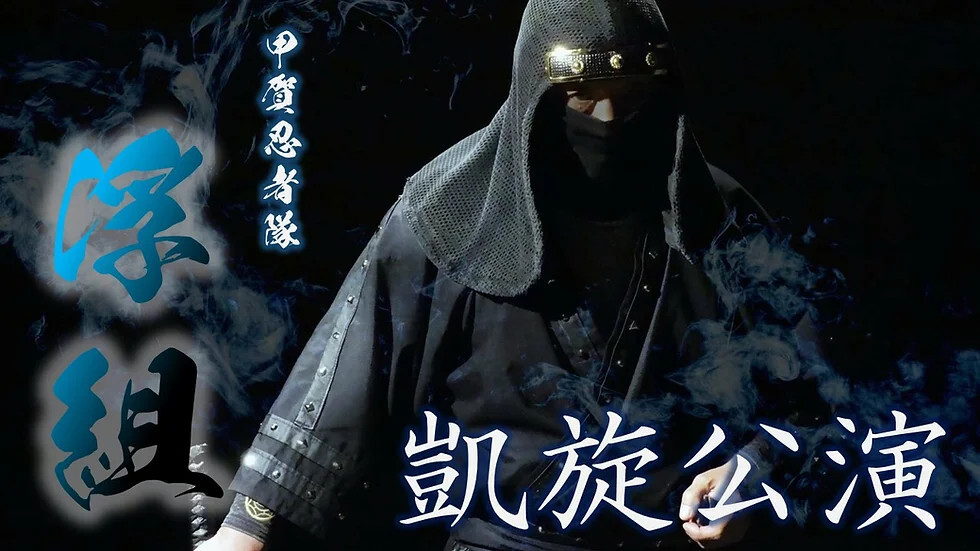
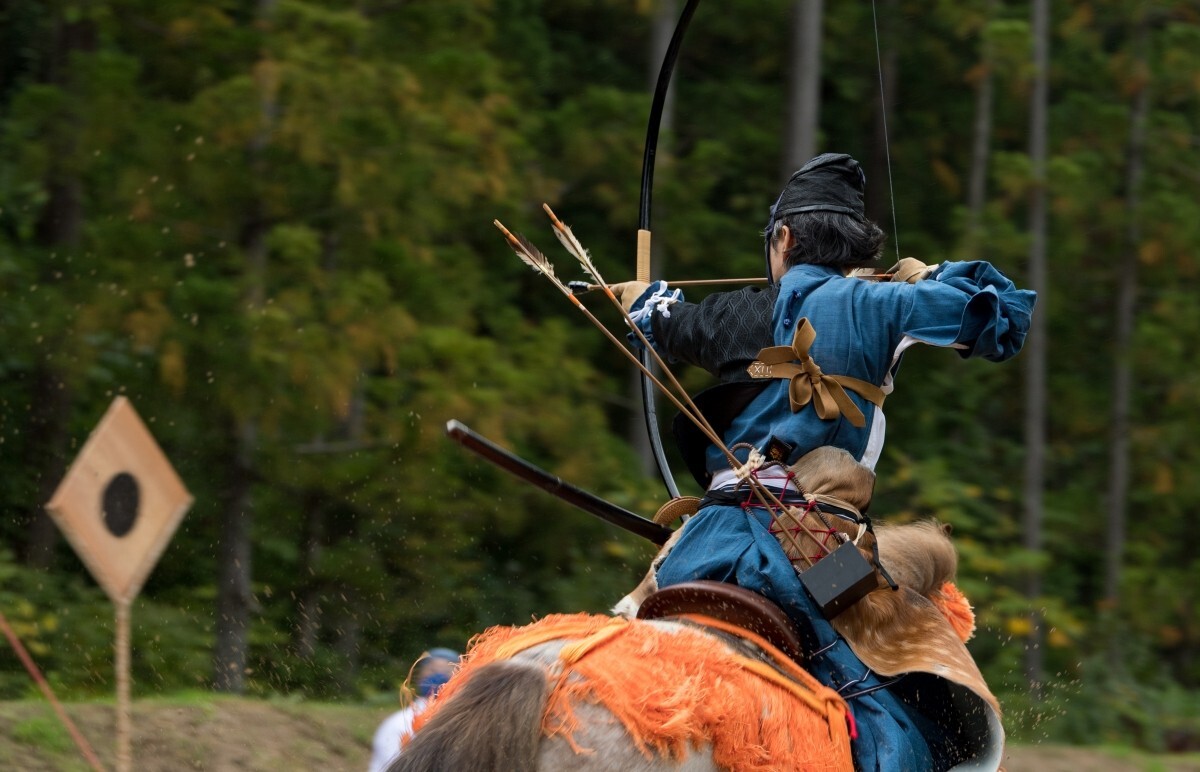
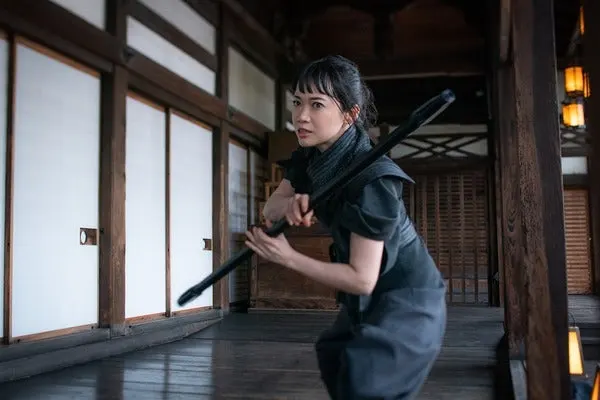
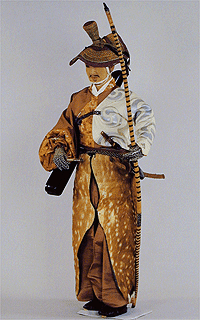
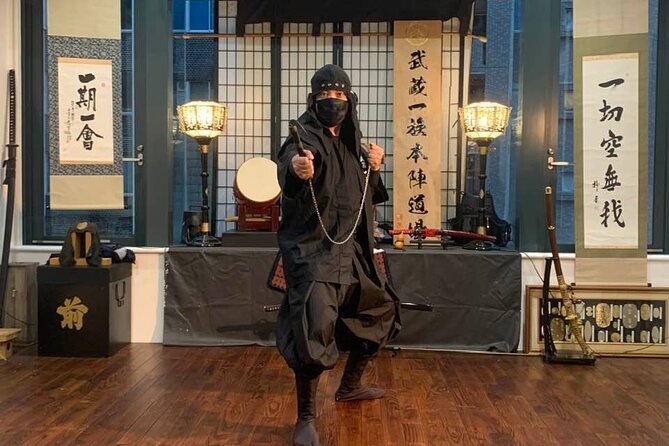 Conclusion
Conclusion
